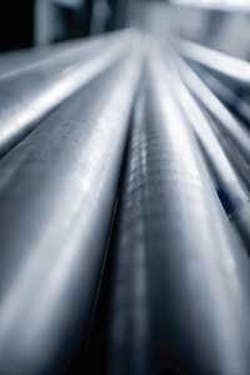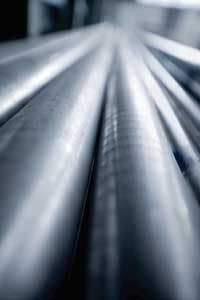IMAGE PROCESSING: X-rays enable weld inspection
By using x-ray technology, manufacturers of piping products can evaluate cracks and bubbles generated after fabrication by rotating these pipes and fittings within the x-ray beam. For these types of applications, several tubes may need to be welded according to the customers’ requests. After this process is complete, each weld must be checked from all sides to examine whether any faults exist in the weld.
Although the welding flaws cannot be seen by the human eye, clear images can be obtained using x-ray techniques. In the past, low-resolution analog cameras were used in conjunction with x-ray systems to perform these tasks but could not detect very small flaws within the weld. To solve this problem, digital cameras with higher resolution and SNR can be used to provide more detailed information about the weld.
Using these cameras in conjunction with digital frame grabbers and image-processing software, MicroView & LingZhi Image Technology (MVLZ; Beijing, China; www.microview.com.cn) have developed a system specifically for this type of weld inspection. To image the x-ray, the company uses a UP1830 monochrome, 1k × 1k × 12-bit camera from Uniq Vision (Santa Clara, CA, USA; www.uniqvision.com) and transfers image data to a PC using a Meteor digital frame grabber from Matrox Imaging (Dorval, QC, Canada; www.matrox.com/imaging).
To highlight the flaws in the moving and stationary states, the original and the processed images are displayed. To highlight each weld, the brightness and contrast of the images are dynamically adjusted and filtered using high- and low-band filters within a specific region of interest (see figure). Morphological operations are then used to highlight defects such as bubbles within the weld.
When the steel tubes are turned under software control at all angles, these bubbles can be seen. The software then records the information about the steel tubes, including the types and quantities of flaws in the steel tube. This information is then saved in a database that can be searched and sorted at any time.


